Moss in the garden is a weed. He is not aggressive towards crops, but still prevents them from growing normally. In addition, the area on which the plant appears is gradually swamped. There are several reasons for the appearance of a vegetative parasite in the beds and in greenhouses. This means that the struggle will need to be complex and long, you will have to be patient.
Why does the parasite take root in the garden
Moss has a stem, leaves and root system, although many species exist without it. It is not picky about environmental conditions, propagates by spores and in them it also experiences adverse conditions: drought and cold. The plant does not get sick, because triterpene compounds and coumarins provide protection against pathogens, rot and insects.
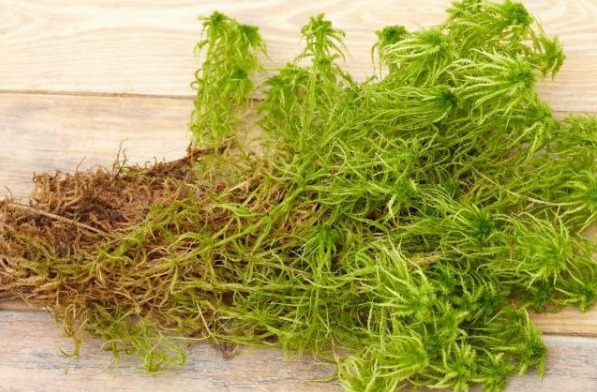
Moss grows where it is humid, most of the daylight has shade, and the soil has an acid reaction. Therefore, if the soil began to “bloom” in the area, there are one or several factors that are favorable for this:
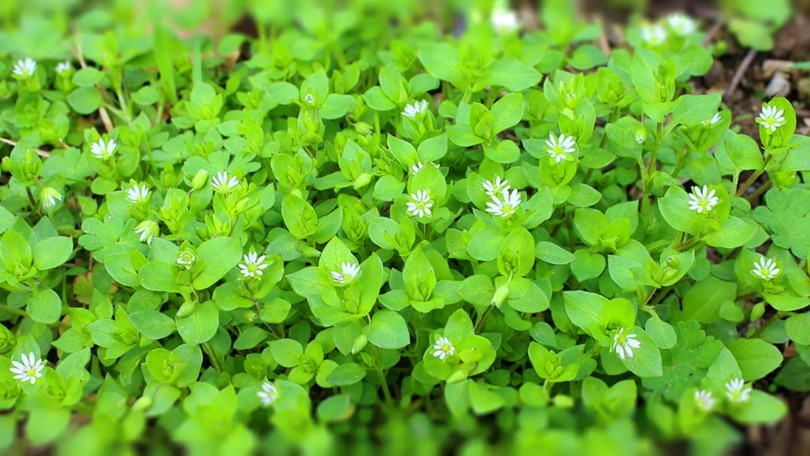 You may be interested in:
You may be interested in:- oversaturated soil, stagnant water;
- shady places;
- acidic soil reaction;
- rare or insufficient fertilizer application.
If the moss spreads on the ground, and it does not have direct processes - this is a sign of waterlogging of the soil. She is very wet, sticks to her hands, covered with a gray-green bloom. The amount of fertilizer the gardener adjusts himself. Their disadvantage is visible as the landings.
Negative effects on plants
Moss has a negative effect on the soil and the crops growing in it. This is due to the fact that the plant:
- absorbs carbon dioxide, minerals and organic matter;
- collects almost all moisture from the earth;
- disrupts gas exchange;
- acidifies the soil;
- swamps the earth.
Due to these properties, crop plants cannot grow normally, their productivity decreases. However, moss can be useful in the garden. Some crops (tomatoes, potatoes, carrots, greens) grow well only on acidic soil. Landowners purposefully plant moss next to them.
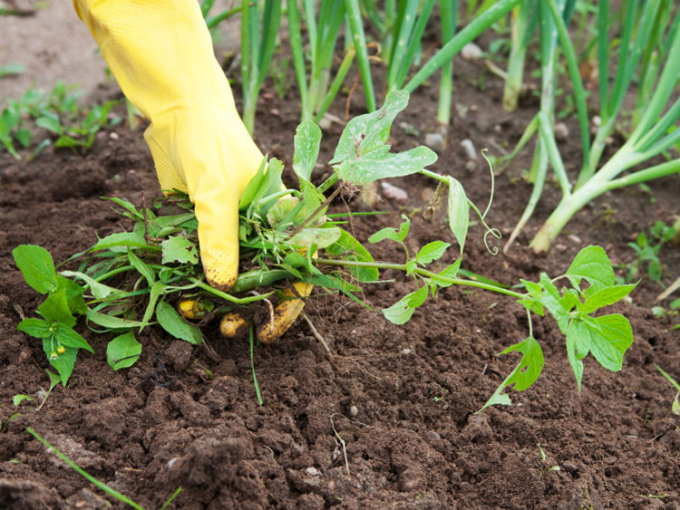 You may be interested in:
You may be interested in:In addition, spraying the shoots and leaves of plants with the infusion of their moss helps to combat pests and fungus due to its bactericidal properties. Improves aeration of the soil due to loosening of the earth by the root system. Moss insulate the hives and sheds. Equip vertical flower beds.
Ways to get rid
It sometimes takes more than 1 year to destroy the weed in the open ground. The main thing is to identify the cause and deliberately eliminate it:
- Lowering the acidity of the soil - digging up the site, it is necessary to add lime in the spring and crushed dolomite or ash in the fall at the rate of 50 kg per 100 sq.m.
- Removing excess moisture - adding sand to peat and clay soils, provide a drain (trenches, grooves).
- To level the site so that water does not stagnate in the lowlands, to plant shade-loving crops in shaded places - they will gradually survive the moss.
- Do not neglect weeding - thickets of nettle, wormwood, etc. Contribute to the spread of moss throughout the territory.
If all methods have been tried, but there is no effect, you can resort to herbicides based on glyphosate, ammonium sulfate, iron or copper. It is necessary to breed means strictly according to the instructions.
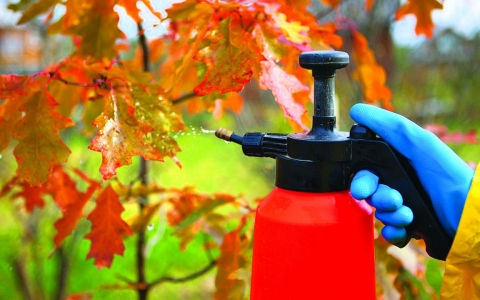 You may be interested in:
You may be interested in:However, the problem may affect not only open beds. Moss can seep into a greenhouse or greenhouse. The main reason is a disturbed microclimate due to the lack of ventilation and waterlogging by irrigation. Therefore, the fight against weed is to establish conditions within the system.
It is necessary to ensure the ventilation of the system - equip 2 lockable openings opposite each other, install a fan opposite a single window. Wipe the greenhouse or the greenhouse from the end with a soapy solution to destroy the moss spores. To add dolomite to the soil in the fall or ash or lime - in the spring. Before planting crops, it is worth sowing green manure: oats, lupins or any other. They will enrich the earth with oxygen and will not give a chance to moss.
You can not use copper sulfate to destroy mosses. The tool will destroy the weed, along with most of the nutrients contained in the soil, and beneficial to plants microorganisms.
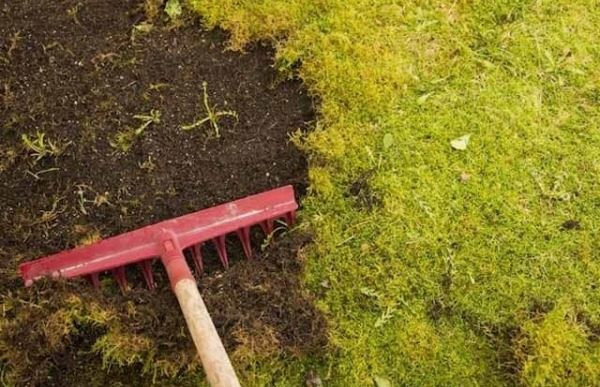
It is possible to prevent the appearance and spread of moss in the area. The main thing is to neutralize factors favorable for it in a timely manner: enrich the soil with fertilizers, prevent water from stagnating, and ensure rational irrigation of the plot.

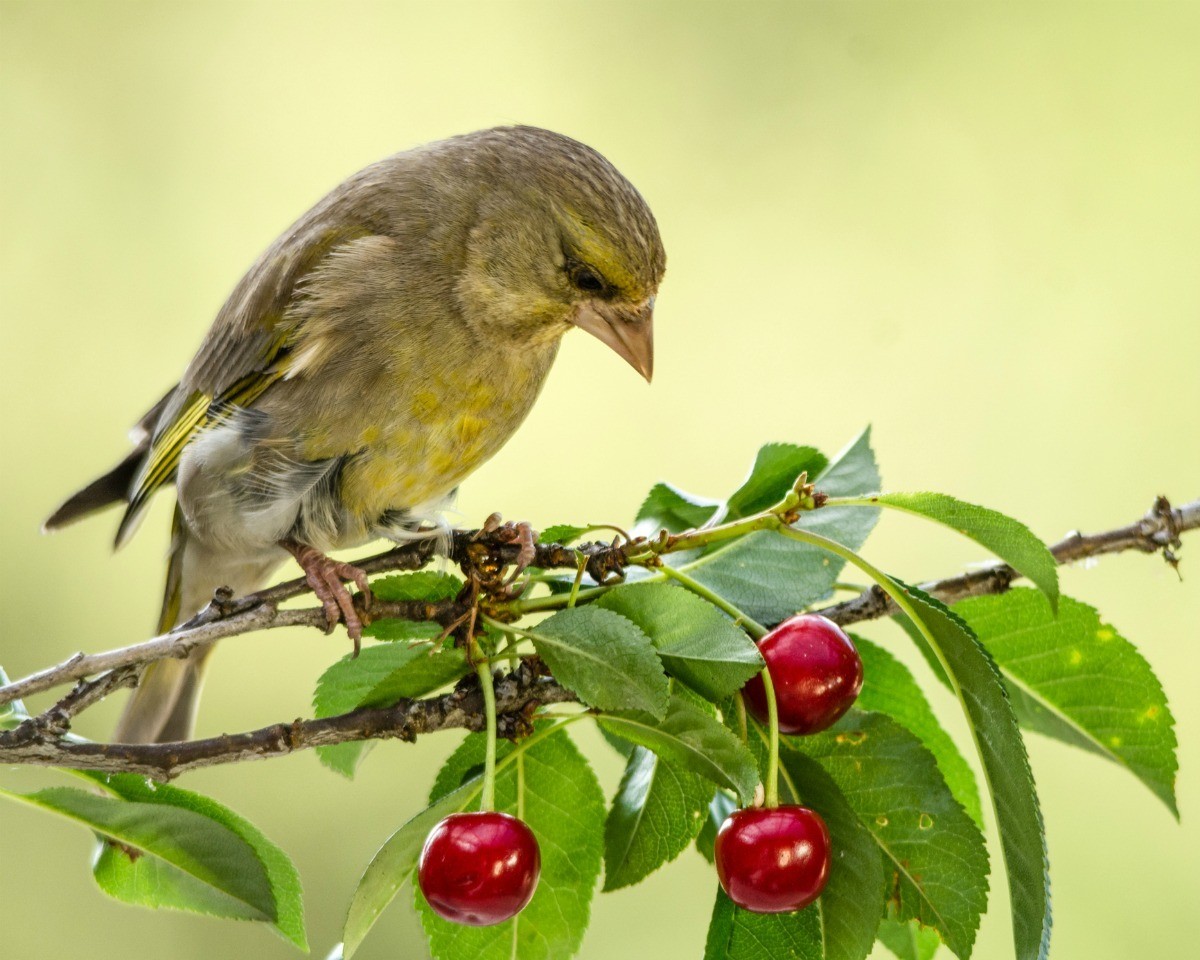
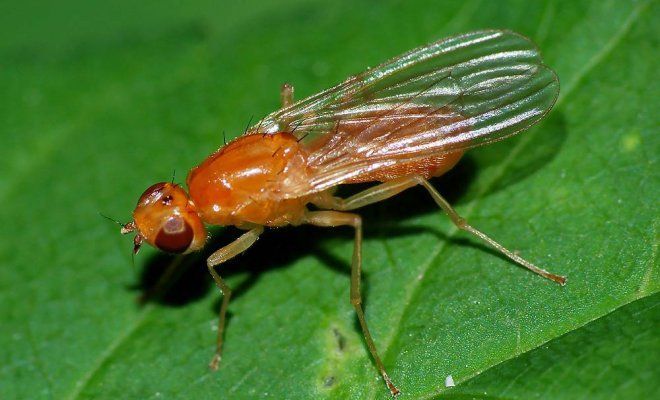
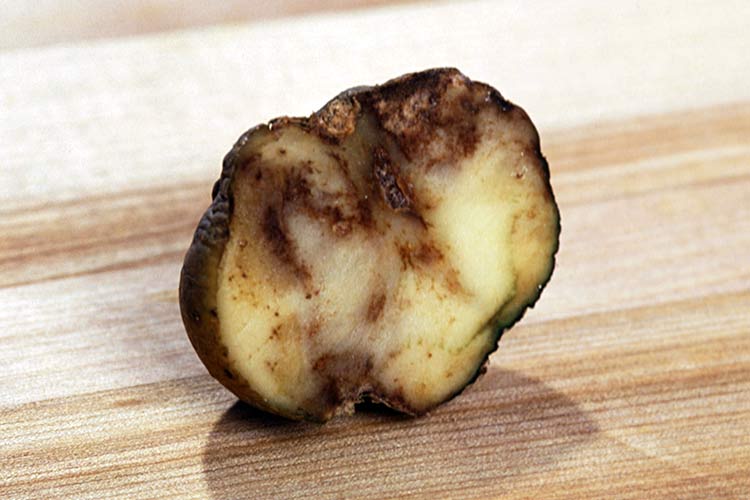
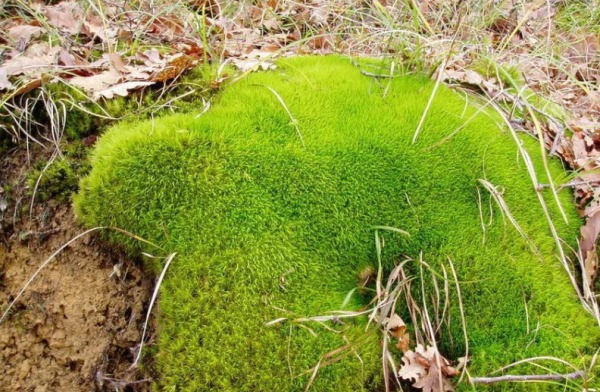 Where does moss come from in the garden and is it necessary to get rid of it?
Where does moss come from in the garden and is it necessary to get rid of it?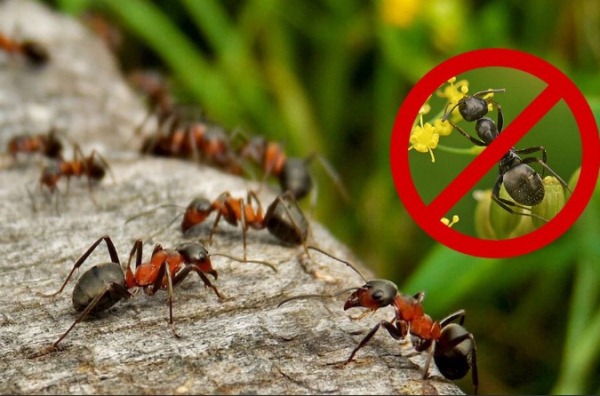 The most effective ways to deal with ants in the area
The most effective ways to deal with ants in the area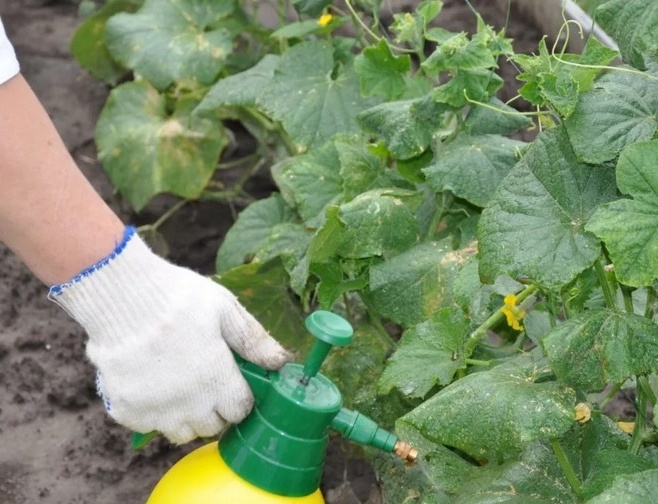 Cockchafer and Bear: An Easy Way to Save Plant Roots
Cockchafer and Bear: An Easy Way to Save Plant Roots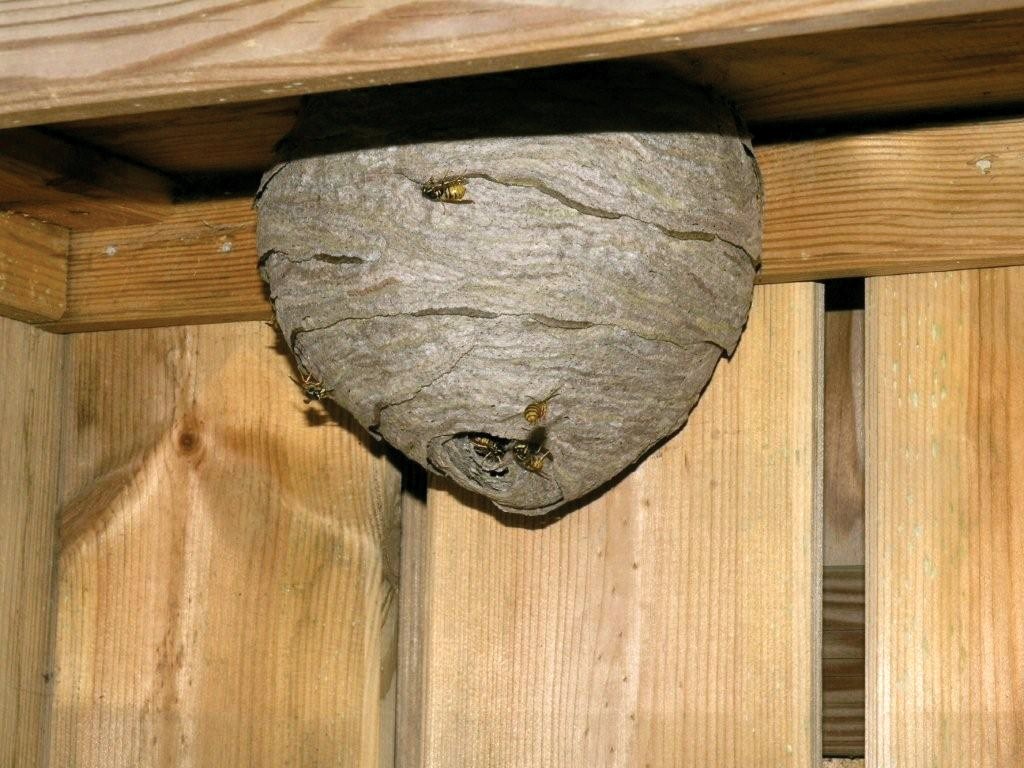 Get rid of the aspen nest quickly and safely.
Get rid of the aspen nest quickly and safely.